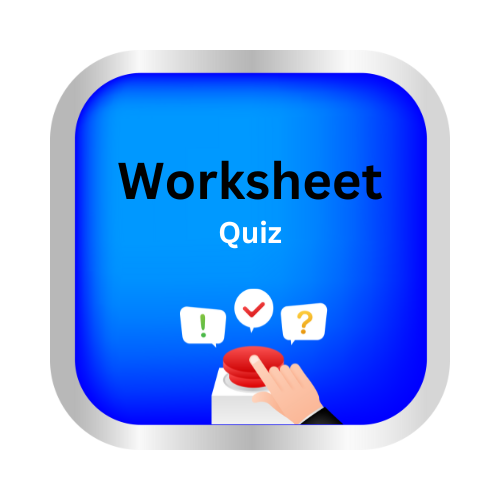Organize information by main idea
Key notes:
Understanding the Main Idea:
- The main idea is the central point or message that the author wants to convey in a passage.
- It answers the question: What is this about?
Identifying the Main Idea:
- Look at the title, introductory sentence, and conclusion for clues.
- Find recurring themes or ideas throughout the text.
- The main idea may not always be stated explicitly; sometimes, it is implied and must be inferred.
Supporting Details:
- These are facts, examples, or evidence that reinforce the main idea.
- Identify how each detail connects to and supports the central theme.
Organizing by Main Idea:
- Group related ideas and information under the central theme.
- Use paragraph structure: Each paragraph should focus on one main idea or sub-point.
- Create clear headings or subheadings for different sections to guide the reader.
Summarizing Information:
- Condense information by restating the main idea and essential supporting details in your own words.
- Avoid including minor details that do not contribute to the understanding of the main idea.
Outlining:
- Use an outline to organize information logically by breaking the content into main ideas and supporting points.
- This helps maintain clarity and flow in writing or presentations.
Creating Concept Maps:
- Use visual tools like concept maps or graphic organizers to connect ideas and see the relationships between them.
- Place the main idea in the center, with supporting details branching out.
Examples and Practice:
- Practice reading passages and identifying the main idea and supporting details.
- Use summarization and mind mapping exercises to improve your organizational skills.
Why It’s Important:
- Organizing information by main idea helps improve comprehension and retention.
- It aids in effective communication, especially in essays, reports, and presentations.
let’s practice!

